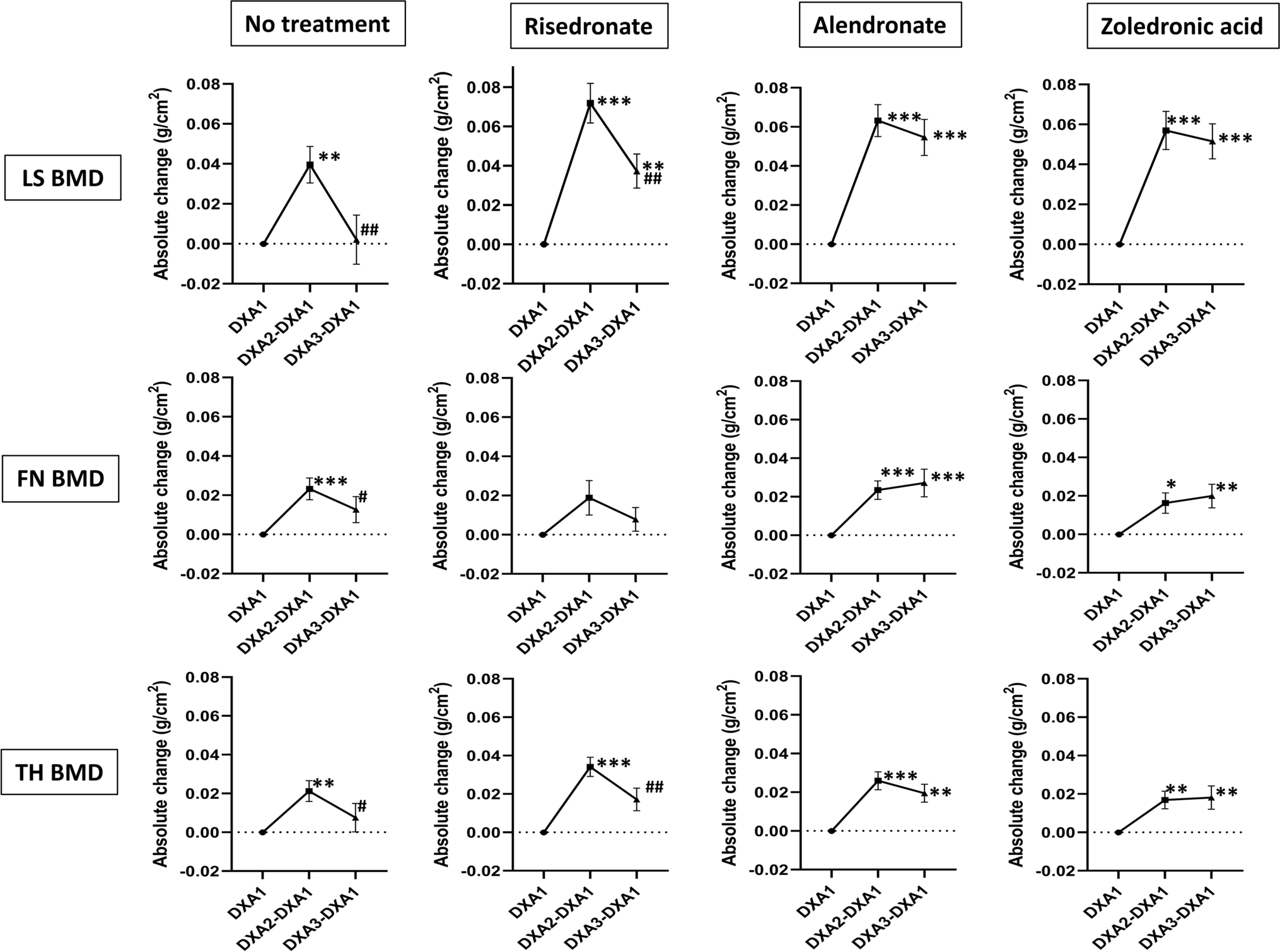Vitamin D supplementation, fracture risk, and osteoporosis drug therapies are among several topics explored in recent studies featured in the new JBJS Guest Editorial: What’s
Category: Trauma
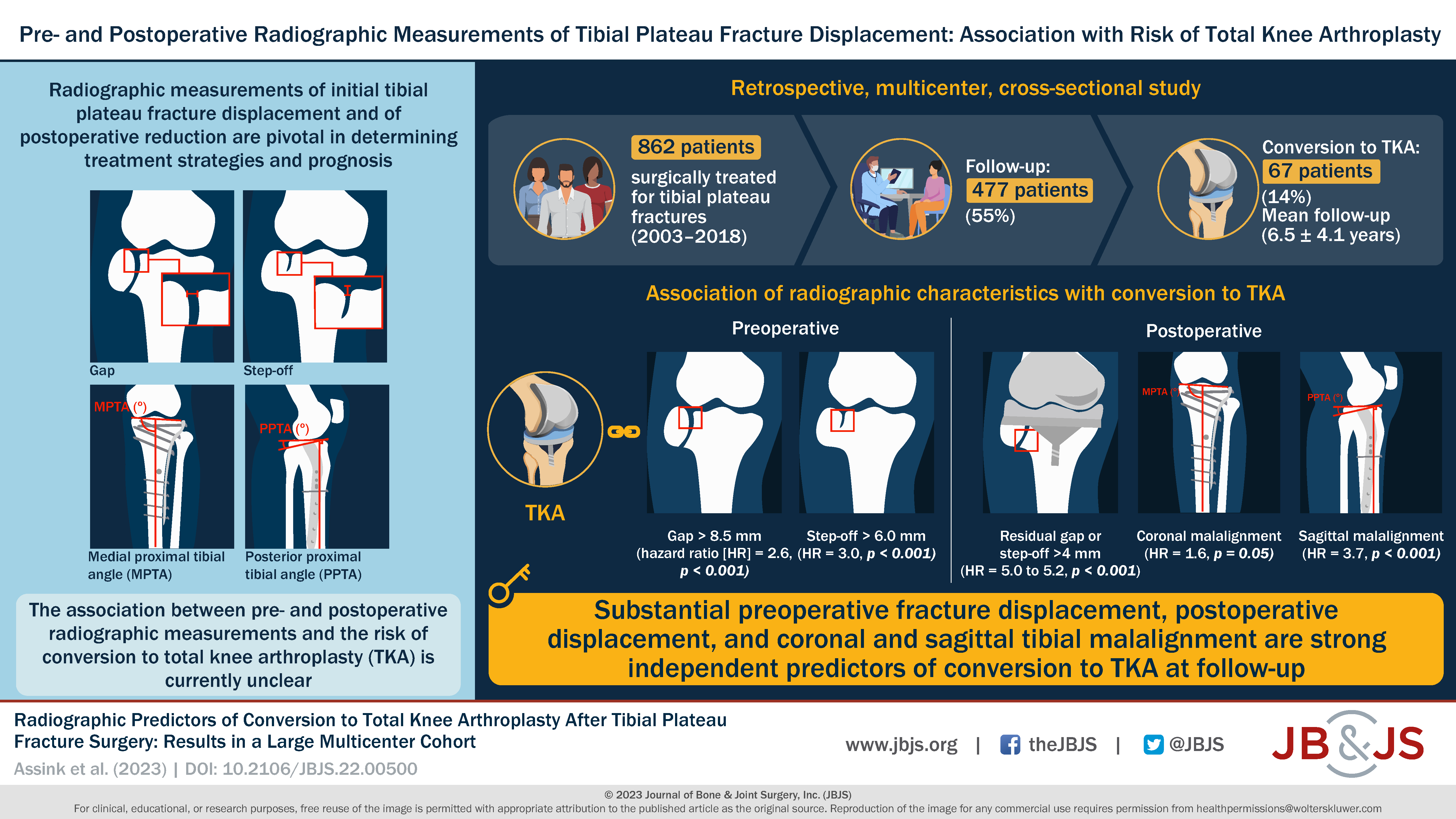
A new multicenter investigation by Assink et al. in JBJS explores the association between radiographic measurements and the risk of conversion to total knee arthroplasty
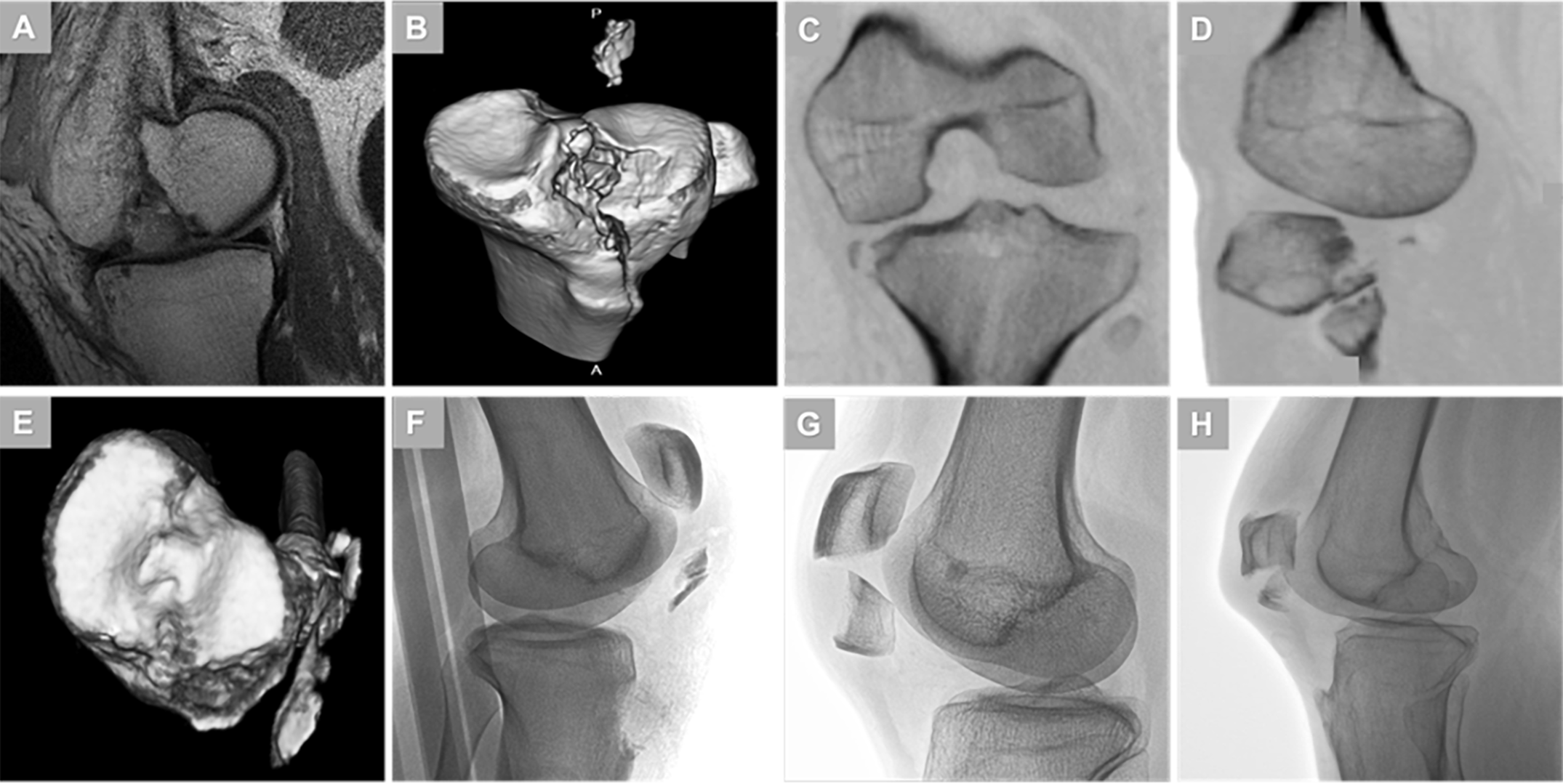
A new JBJS study establishes a consensus definition for fracture patterns within the Schenck Knee Dislocation V subcategory. Editor-in-Chief Dr. Marc Swiontkowski offers this perspective
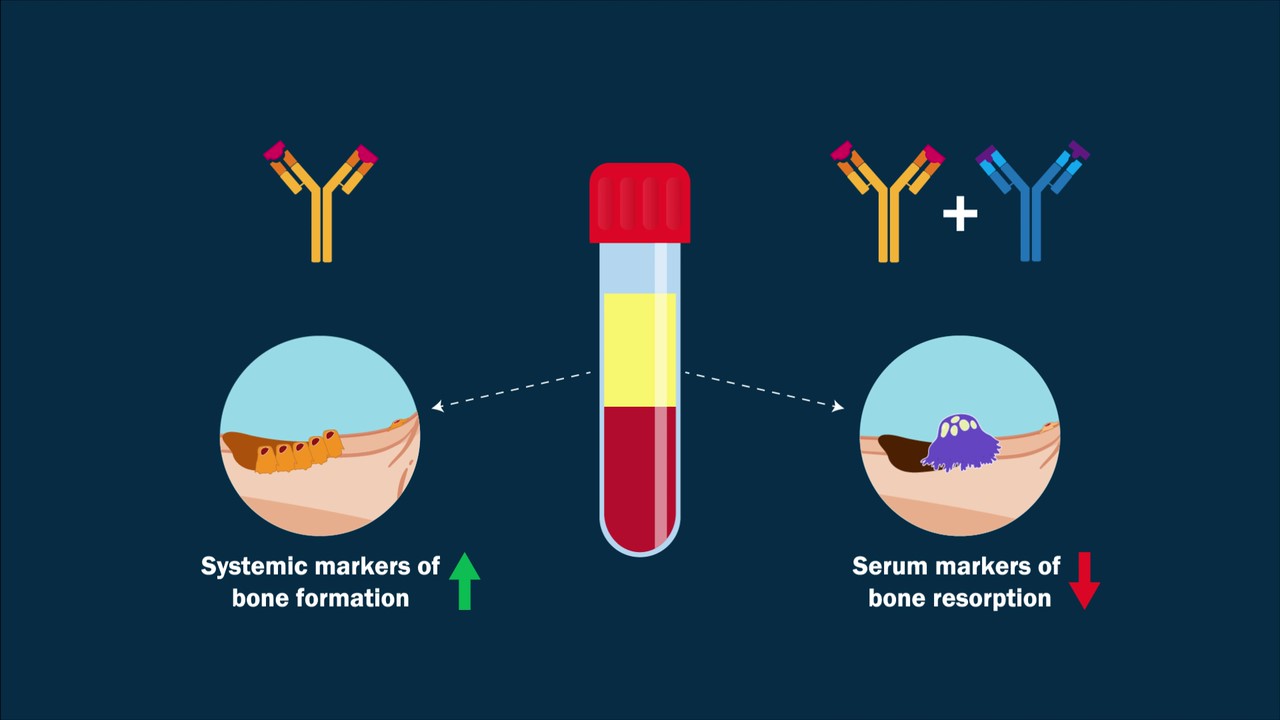
A video abstract is available with the new study by Florio et al. in JBJS: Dual Inhibition of the Wnt Inhibitors DKK1 and Sclerostin Promotes
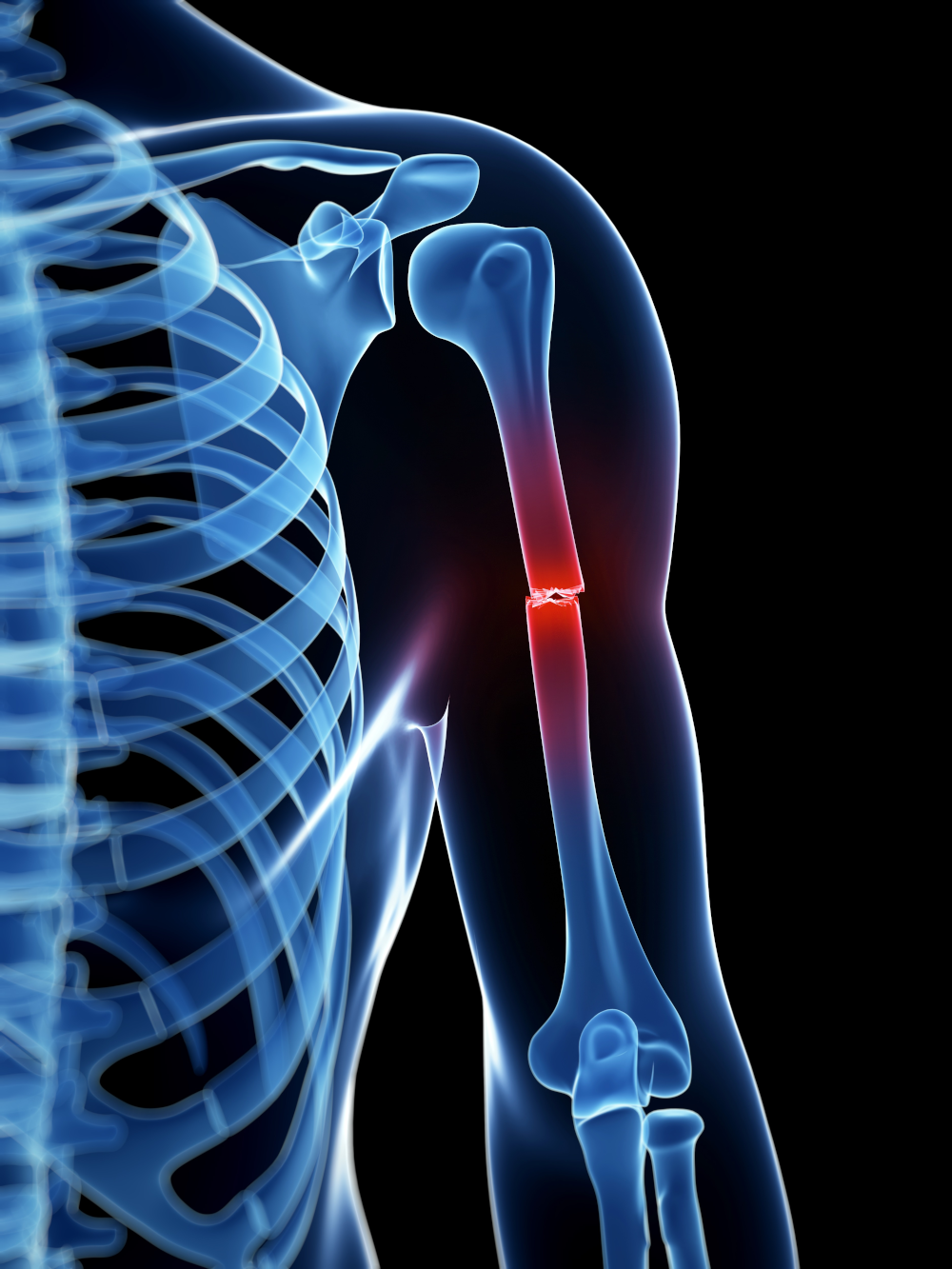
Recent findings on fracture management and other trauma-related topics are presented in the new JBJS Guest Editorial “What’s New in Orthopaedic Trauma.” Here, we highlight

